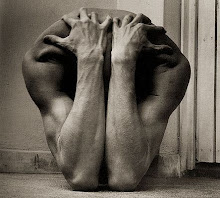History

Nowhere was this cafe culture more vibrant than in the Parisian district of Montmartre, already by the mid 19th century the favourite haunt
of the bohemian literary and artistic set. Amongst the best known establishments were the Brasserie des Martyrs, a particular favourite of
Baudelaire, the Cafe du Rat Mort, popular with writers by day and a lesbian hangout at night, and most famous of all, the Chat Noir,
founded in 1881 by Theodore Salis, an unsuccessful painter. Erik Satie played the piano here and Alfred Jarry was a regular, as was the
remarkable poet and inventor Charles Cross, who reputedly drank 20 absinthes a night.
In 1860, a young Parisian author, Henri Balesta, wrote Absinthe et Absintheurs, the first book to record the social context of heavy absinthe
drinking. He describes a typical cafe scene:
"In the morning, at lunchtime, the habitués invaded the bistrot. The professors of absinthe were already at their station, yes, the teachers
of absinthe, for it is a science, or rather an art to drink absinthe properly, and certainly to drink it in quantity. They put themselves on the trail
of the novice drinkers, teaching them to raise their elbow high and frequently, to water their absinthe artistically, and when, after the tenth
little glass, the pupil rolled under the table, the master went on to another, always drinking, always holding forth, always steady and
unshakeable at his post."
Absinthe hit its peak during the years from 1880-1910, when it fell dramatically in price, becoming accessible to all parts of society and
rivalling wine as the most popular drink in France. By then EVERYONE drank absinthe – society ladies, gentlemen-about-town,
businessmen and politicians, artists, musicians, ordinary working-men. In 1874, France consumed 700,000 litres of absinthe, but by
1910, the figure had exploded to 36,000,000 litres of absinthe per year. It was a quintessential part of Belle Epoque French society.
absinthe









0 Comments:
Post a Comment
<< Home